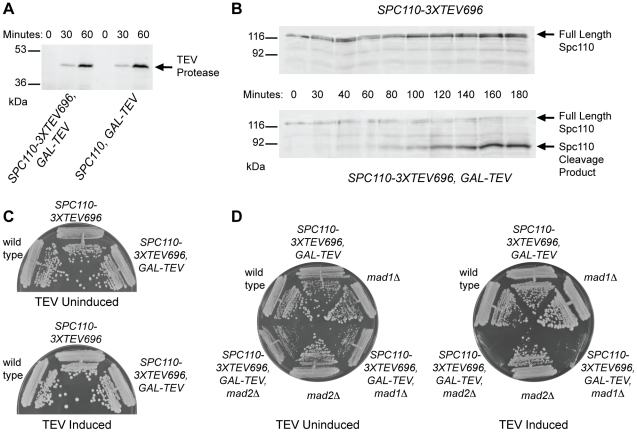Figure 1. Spc110 cleavage strain phenotype.
(A) TEV protease is expressed. A control strain containing galactose-inducible TEV protease and wild type SPC110 (KGY321-3A) and an Spc110 cleavage strain (KGY57) were grown overnight in YP RAFF liquid media. 2% galactose was added at a cell density of 40 Klett units, and samples were taken for TCA precipitation at 0, 30, and 60 minutes after galactose addition. Protein samples were loaded on a 10% polyacrylamide gel and then analyzed by anti-Myc Western blot for TEV protease. (B) Spc110 is cleaved by TEV protease. A control strain containing cleavable Spc110 but no TEV protease (KGY53) and an Spc110 cleavage strain (KGY61) were grown overnight in YP RAFF liquid media. 2% galactose was added at a cell density of 25 Klett and samples were taken at intervals for TCA precipitation. Protein samples were loaded on 10% polyacrylamide gels and analyzed by anti-Spc110 Western blot. The anti-Spc110 antibody recognizes full length Spc110 and the large cleavage product, which are indicated by arrows. (C) Spc110 cleavage strains are viable on galactose media. Wild type (CRY1), a control strain containing cleavable Spc110 but no TEV protease (KGY54), and an Spc110 cleavage strain (KGY57) were grown on YP RAFF and YP RAFF/GAL plates to determine the growth phenotype of the Spc110 cleavage strain under induced conditions. (D) Spc110 cleavage strain growth is dependent on checkpoint proteins Mad1 and Mad2. Wild type (CRY1), Spc110 cleavage (KGY57), mad1Δ (TDY439-1B), Spc110 cleavage + mad1Δ (KGY133), mad2Δ (SFY127-1A), and Spc110 cleavage + mad2Δ (KGY139) strains were grown on YP RAFF and YP RAFF/GAL plates to determine whether the spindle checkpoint is necessary for growth of the Spc110 cleavage strain under induced conditions.

